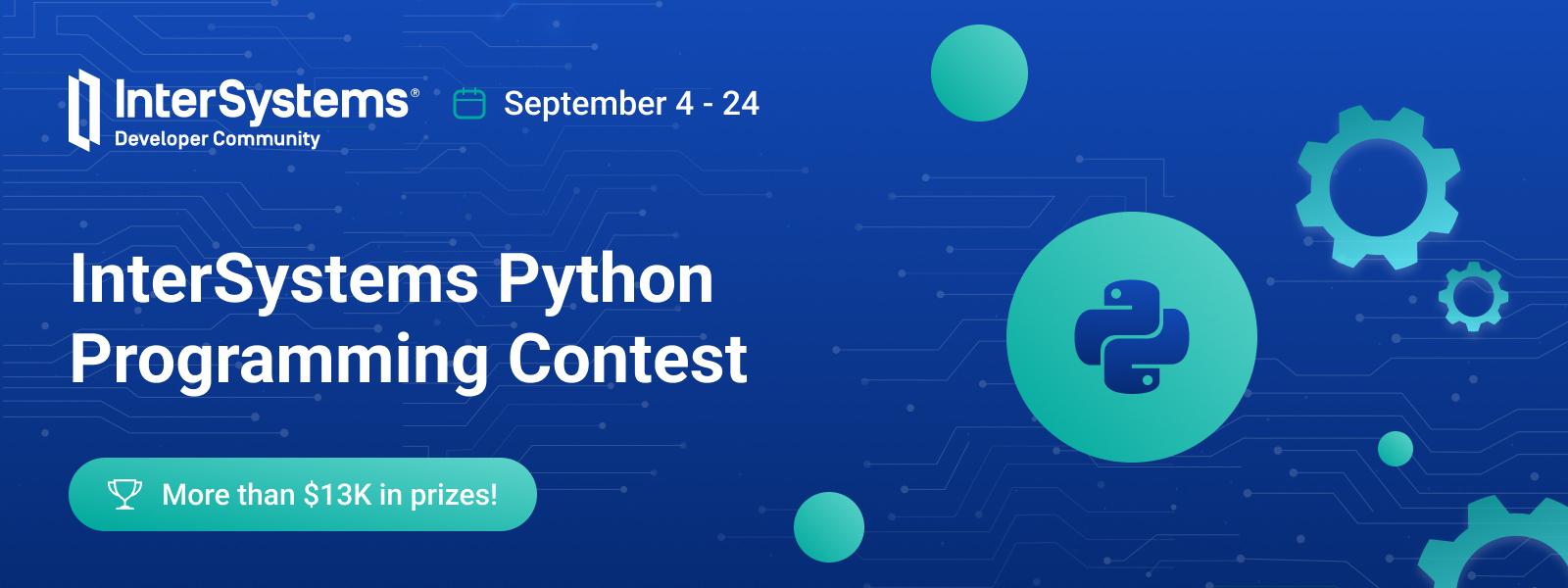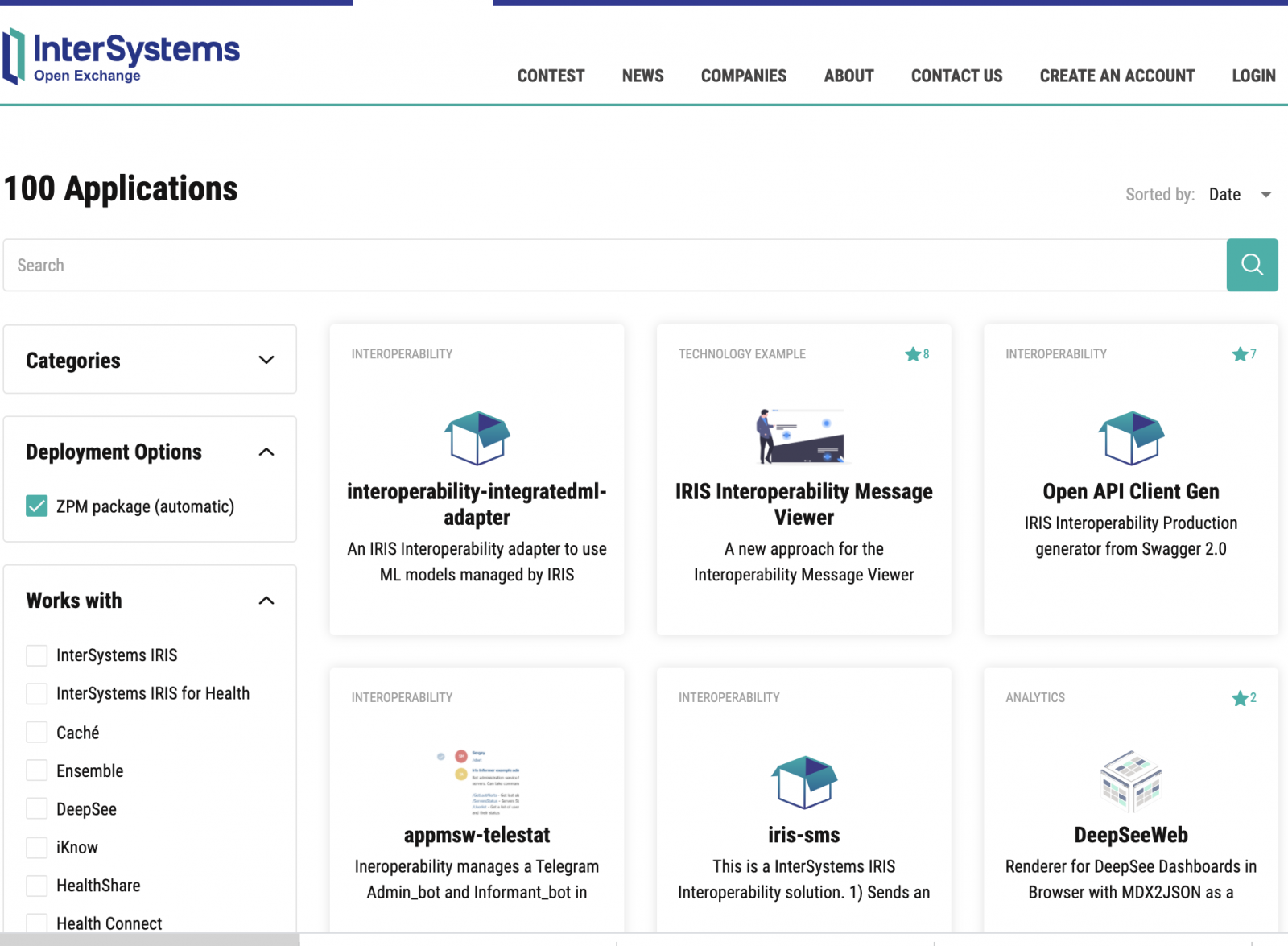Introduction
If you're solving complex problems in ObjectScript, you probably have a lot of code that works with %Status values. If you have interacted with persistent classes from an object perspective (%Save, %OpenId, etc.), you have almost certainly seen them. A %Status provides a wrapper around a localizable error message in InterSystems' platforms. An OK status ($$$OK) is just equal to 1, whereas a bad status ($$$ERROR(errorcode,arguments...)) is represented as a 0 followed by a space followed by a $ListBuild list with structured information about the error. $System.Status (see class reference) provides several handy APIs for working with %Status values; the class reference is helpful and I won't bother duplicating it here. There have been a few other useful articles/questions on the topic as well (see links at the end). My focus in this article will be on a few debugging tricks techniques rather than coding best practices (again, if you're looking for those, see links at the end).

.png)

.jpg)







